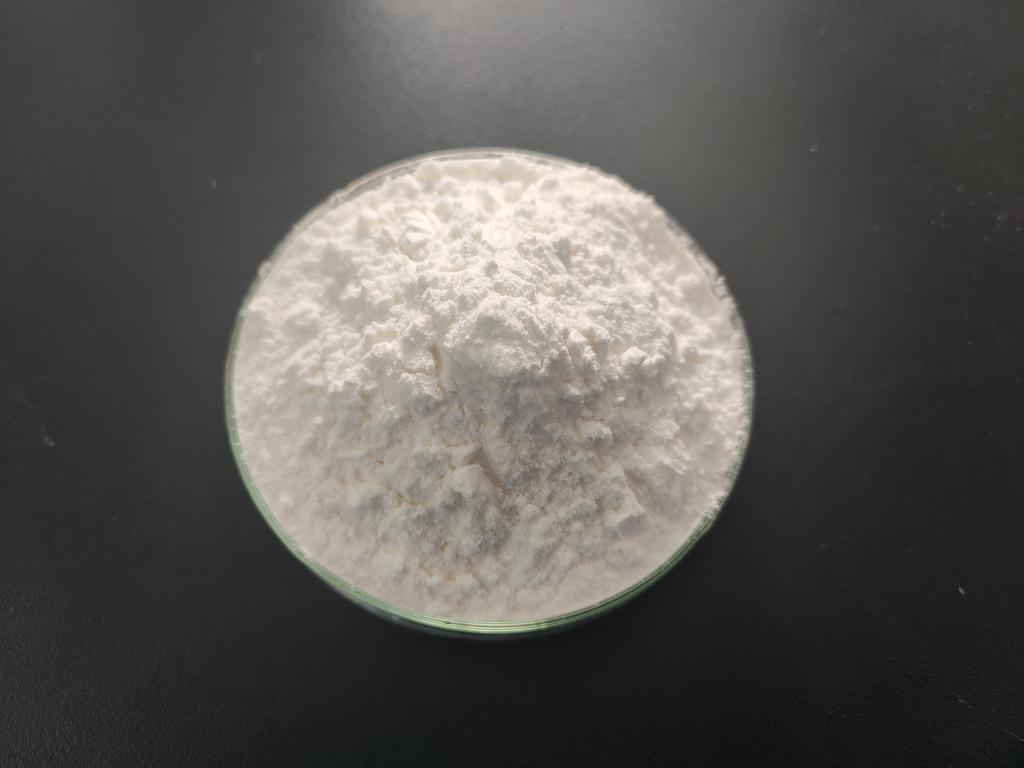Tel:0086 18231198596

News
Precision Approaches to Textile Preservation Application of ε-Polylysine Hydrochloride
TIME:2024-03-14
Importance of Textile Preservation:
Textiles encompass a diverse range of materials, including clothing, tapestries, quilts, and historic garments, each reflecting unique craftsmanship, design, and historical significance. Preserving textiles is essential for maintaining their integrity, preventing deterioration, and ensuring their accessibility for future generations.
Challenges in Textile Conservation:
Textile conservation faces various challenges, including:
a. Microbial Degradation: Microorganisms such as bacteria, fungi, and molds can proliferate on textiles, leading to discoloration, staining, and structural damage.
b. Environmental Factors: Exposure to light, temperature fluctuations, humidity, and air pollutants can accelerate textile degradation and fading, posing risks to their long-term preservation.
c. Handling and Storage: Improper handling, storage, and display practices can cause mechanical damage, creasing, and abrasion to textiles, compromising their condition over time.
Introduction to ε-Polylysine Hydrochloride:
ε-Polylysine hydrochloride is a cationic biopolymer derived from microbial fermentation, consisting of multiple lysine residues linked by peptide bonds. It exhibits broad-spectrum antimicrobial properties against bacteria, fungi, and molds, making it suitable for inhibiting microbial growth on textiles. ε-Polylysine is biodegradable, non-toxic, and safe for use on cultural heritage materials, making it an attractive option for textile preservation.
Applications of ε-Polylysine Hydrochloride in Textile Conservation:
ε-Polylysine hydrochloride offers several potential applications in precision textile preservation:
a. Microbial Control: Applying ε-polylysine to textiles can inhibit microbial growth and prevent the proliferation of bacteria, fungi, and molds, reducing the risk of degradation and deterioration.
b. Mold Remediation: ε-Polylysine can be used to treat textiles affected by mold infestations, effectively killing mold spores and preventing their regrowth, restoring the integrity and appearance of the textile.
c. Environmental Protection: Coating textiles with ε-polylysine formulations can provide a protective barrier against environmental factors such as light, humidity, and air pollutants, minimizing damage and preserving their color and texture.
d. Conservation Treatments: Incorporating ε-polylysine into conservation treatments, such as washing, wet cleaning, and surface disinfection, can enhance the efficacy of preservation efforts while ensuring the safety and integrity of the textile.
Benefits of Using ε-Polylysine Hydrochloride in Textile Preservation:
The use of ε-polylysine hydrochloride offers several benefits for precision textile conservation:
a. Preservation of Cultural Heritage: By inhibiting microbial growth and protecting against environmental factors, ε-polylysine helps preserve the integrity, authenticity, and aesthetic value of cultural heritage textiles.
b. Minimized Damage: ε-Polylysine treatments minimize damage caused by microbial degradation, mold infestations, and environmental exposure, extending the lifespan of textiles and reducing the need for extensive restoration.
c. Environmentally Friendly: ε-Polylysine is derived from natural sources and biodegrades into harmless compounds, minimizing its environmental impact compared to chemical preservatives and biocides.
d. Compatibility with Conservation Practices: ε-Polylysine formulations can be tailored to complement existing conservation techniques and materials, ensuring compatibility and efficacy in preservation treatments.
Implementation Strategies in Textile Conservation:
Integrating ε-polylysine hydrochloride into textile preservation requires careful planning and consideration:
a. Material Compatibility: Assessing the compatibility of ε-polylysine formulations with different textile fibers, dyes, finishes, and conservation materials to minimize adverse effects and ensure preservation efficacy.
b. Treatment Protocols: Developing standardized protocols for the application, dosage, and exposure time of ε-polylysine treatments based on textile type, condition, and conservation goals.
c. Testing and Evaluation: Conducting laboratory tests and pilot studies to evaluate the effectiveness, safety, and long-term stability of ε-polylysine treatments on textiles under simulated aging conditions.
d. Collaboration and Education: Collaborating with textile conservators, scientists, and cultural institutions to share knowledge, best practices, and research findings on ε-polylysine-based preservation techniques.
Future Directions and Challenges:
As precision approaches to textile preservation continue to evolve, there are opportunities to further explore the applications of ε-polylysine hydrochloride and address challenges such as:
a. Research and Development: Conducting research to optimize ε-polylysine formulations, delivery methods, and application techniques for different textile types and conservation needs.
b. Standardization and Guidelines: Developing standardized guidelines and protocols for the use of ε-polylysine in textile preservation to ensure consistency, reproducibility, and efficacy in conservation practice.
c. Public Awareness and Acceptance: Increasing awareness among cultural institutions, textile collectors, and the general public about the benefits and applications of ε-polylysine in preserving cultural heritage textiles.
d. Ethical Considerations: Addressing ethical considerations related to the use of ε-polylysine in conservation, including its potential impact on textile authenticity, aesthetics, and historical integrity.
Conclusion:
ε-Polylysine hydrochloride holds promise as a precision tool for textile preservation, offering targeted interventions that protect against microbial degradation, mold infestations, and environmental damage. By integrating ε-polylysine into conservation practices, cultural institutions, textile conservators, and collectors can safeguard our shared heritage for future generations while minimizing damage and ensuring the longevity of valuable textiles. Moving forward, continued research, collaboration, and education will be essential to unlock the full potential of ε-polylysine in precision textile preservation and advance the field of cultural heritage conservation.

 CONTACT
CONTACT




